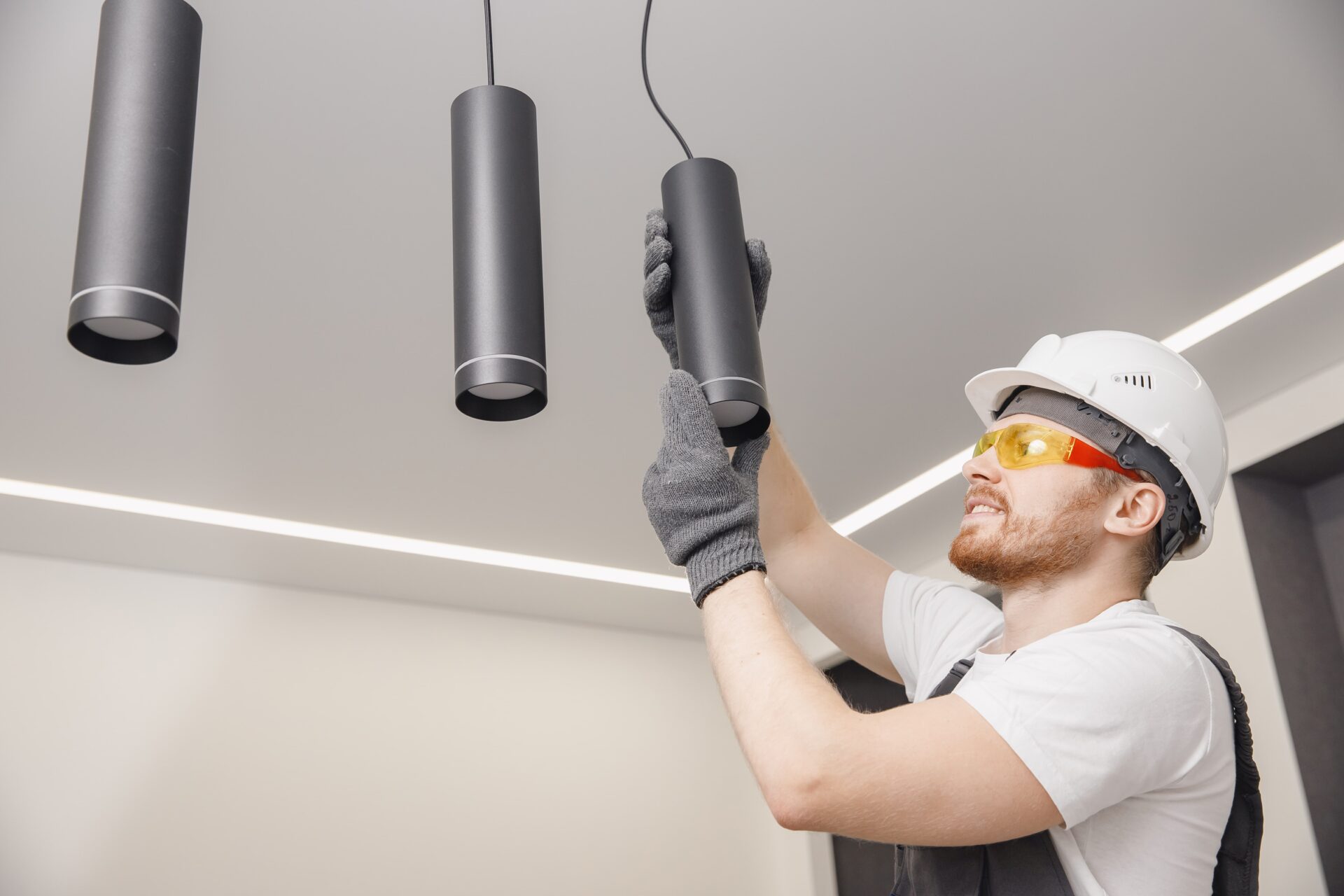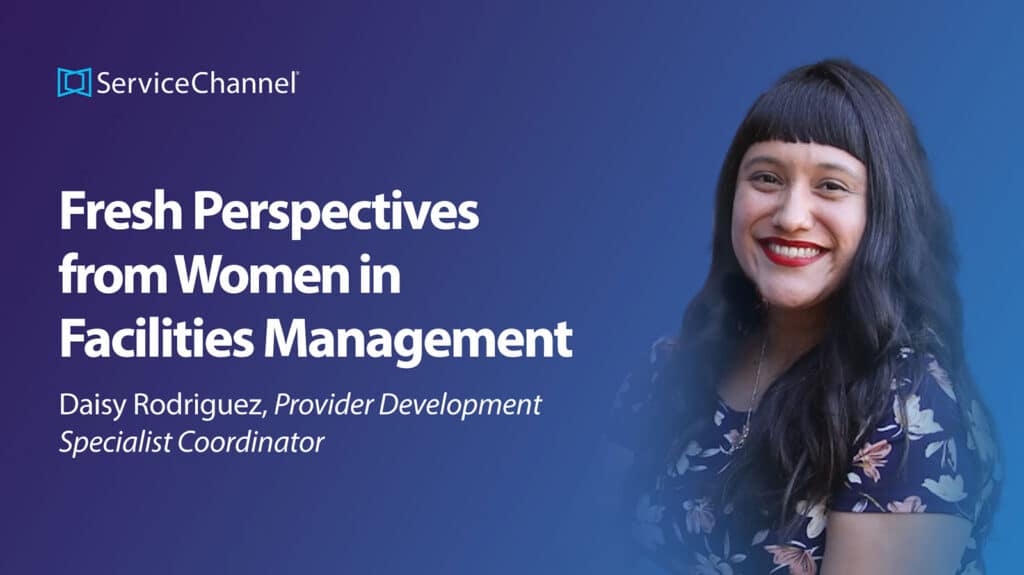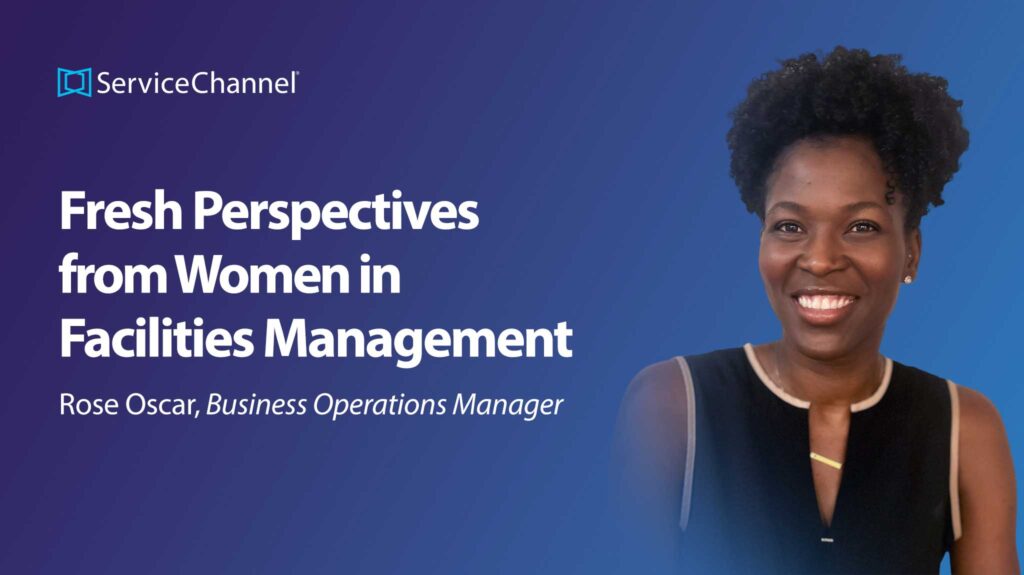Lighting Systems Maintenance Checklist

Explore expert tips with our lighting maintenance guide. Ensure your lighting system’s efficiency and reliability through preventive maintenance.
Whether it’s a home, an office, or an industrial facility, good lighting is essential to creating a comfortable environment and completing necessary tasks. Preventive lighting maintenance is a crucial part of any electrical preventive maintenance checklist. Proper lighting maintenance ensures that your environment receives optimal illumination and offers maximum energy efficiency. This article provides insights into tried and true practices and the benefits of good lighting maintenance.
Understanding Lighting Systems
The lighting system is a crucial component of any building’s infrastructure. Good lighting serves many purposes, including visibility, safety, and aesthetics.
Types of Lighting Systems
A facility can choose to utilize many kinds of systems, and some organizations may employ more than one type of lighting system throughout the various areas of a facility. Here are some of the popular lighting system types a facility will most likely utilize.
- Incandescent lighting
- Fluorescent lighting
- LED lighting
- HID lighting
Components of Lighting Systems
Essential components, such as fixtures, controls, and bulbs, are universal across all systems. Other components will differ based on the type of light system. These are the primary parts and their associated lighting types.
- Lighting fixtures: This essential piece houses the light bulbs or fluorescent tubes.
- Lamps and bulbs: These components generate the light. A light system can typically use only one type of lighting element, such as a bulb or a fluorescent tube.
- Ballasts and drivers: These parts help regulate the flow of electricity between the power source and the bulb.
- Lighting controls and accessories: Lighting controls include light switches and dimmers. Accessories include such items as add-ons for remotely controlling lighting levels.
Common Lighting Issues
Facilities and homes alike can encounter various lighting problems. Here are some common issues you might encounter with your lighting arrangements and where to look for the source of the problem.
Flickering Lights
Flickering is a frequent issue that can often be traced back to dying bulbs. If replacing the bulb doesn’t fix it, look for loose connections in the lighting controls or electrical panel.
Dimming Lights
Weak light output can often be traced back to voltage fluctuations. Test the wiring, lighting controls, and electrical panel for consistent voltage and inspect them for loose connections.
Insufficient Natural Lights
Poor natural illumination can diminish the aesthetic and impede visibility. Strategic lighting placement and brighter bulbs are simple and effective ways of enhancing the lighting in such an area.
Lighting Part Problems
Sometimes, it is a small part, such as a socket, switch, or wiring harness. When flickering or dimming becomes an issue, use a multimeter to trace the malfunction back to the smallest and least costly item. Switching out a switch or harness is much less expensive than replacing an entire lighting control panel or rewiring a whole section of a home or facility.
Overheating Fixtures
When a fixture becomes excessively hot to the touch, you may have a safety issue on your hands. Poor ventilation, electrical overload, or improper bulb wattage can lead to overheating.
Essential Lighting Maintenance Tasks
A preventative maintenance plan for lighting helps ensure a reliable and efficient light system. Diligent maintenance also increases a lighting system’s longevity and reduces the risk of unexpected failures and safety hazards. When developing your plan for lighting maintenance, consider including these common light system maintenance tasks.
1. Replace Burnt Out Lights
To maintain optimal light output and prevent dark areas, regularly check all the lamps and fixtures in your facility for burnt-out bulbs and replace any that no longer work.
2. Check Lighting Cables
Ensure safe and reliable electrical connections by regularly inspecting lighting cables for wear, damage, or loose connections.
3. Clean Lighting Fixtures
Include light fixtures in the regular cleaning schedule. Dirt and debris can impact light levels and diminish the overall appearance of a space.
4. Test and Replace Bulbs
Switch the lights off and on to ensure bulbs, lamps, and fluorescent tubes work correctly. Replace any burned-out or malfunctioning light sources.
5. Inspect Ballasts and Drivers
Inspect and test lighting ballasts and drivers. Listen for buzzing sounds, and check for signs of wear and overheating.
6. Inspect Light Switches
Test light switches, dimmers, timers, and other lighting controls to ensure they function properly. Replace or repair any faulty components.
7. Test Emergency Lighting Systems
Check the performance of emergency lighting. Verify that emergency lights will activate and function properly during power outages and emergencies.
8. Evaluate Exterior Lighting
Include exterior lighting in your lighting maintenance routine. Inspect lighting controls and other components. Clean outdoor fixtures regularly and replace lamps and bulbs as needed.
Developing a Preventive Lighting Maintenance Plan
Initiate a comprehensive preventive maintenance plan. A lighting plan involves these key steps to help ensure a lighting system’s reliability, energy efficiency, and longevity. Consider a robust software solution that incorporates automation technologies to help develop and maintain an effective lighting maintenance plan.
Assess the Existing Lighting System
Conduct a thorough inventory of your interior and exterior lighting design. Consult a lighting designer if needed. Itemize all system elements, including types of fixtures, bulbs, lamps, lighting controls, and accessories.
Develop a Maintenance Schedule
Design a comprehensive schedule that outlines the frequency and timing of lighting maintenance, group relamping, and cleaning tasks for each lighting system component.
Estimate Resources and Budget
Determine the materials, tools, and labor necessary to implement your preventive maintenance plan effectively. Work up a budget with estimates covering the total expected cost of initiating your maintenance schedule.
Use Facilities Management Software
Good facilities management software can utilize sensors to monitor equipment and collect and analyze real-time asset data. Many also include work order software elements and scheduling tools to help organizations stay on top of essential maintenance tasks.
Benefits of Preventive Lighting Maintenance
Routine preventive maintenance is the best defense against many potential issues facilities encounter with lighting systems. When you implement a robust maintenance plan, every lighting fixture installed in your facility can experience all these benefits.
Extended System Lifespan
Regular maintenance of light systems enables you to find and remedy issues before they escalate. Promptly addressing issues ensures optimal lighting performance and a dramatically improved lifespan.
Improve Energy Efficiency
A plan to maintain lighting ensures an improved energy input-to-light output ratio. By efficiently utilizing the electricity it receives, a light system also avoids overloading and other issues that may occur.
Cost Savings
Preventive maintenance can reduce overall maintenance costs by addressing minor issues before they balloon into bigger problems. Major repairs and replacements can cost more in both time and money than the sum of all minor maintenance tasks that could have prevented a breakdown.
Enhanced Safety and Security
A well-lit environment is a safer environment. Regular maintenance ensures systems operate effectively and keep an area more secure by consistently providing sufficient illumination.
Reduced Downtime
Sufficient light is essential for ensuring personnel can properly see what they’re doing. Proactive maintenance can minimize downtime by ensuring workers continuously have the light they need to do their jobs effectively.
Conclusion: The Value of Proactive Lighting Maintenance
Proper light is essential to a safe and efficient environment. Proper maintenance ensures that a lighting system has the clean fixtures, reliable bulbs, and functional controls it needs to operate effectively and efficiently.
A powerful facilities management software solution like ServiceChannel can help your organization schedule and track maintenance tasks, which can lower maintenance costs. Look into the ServiceChannel platform today to learn how your organization can save costs and streamline maintenance operations.




